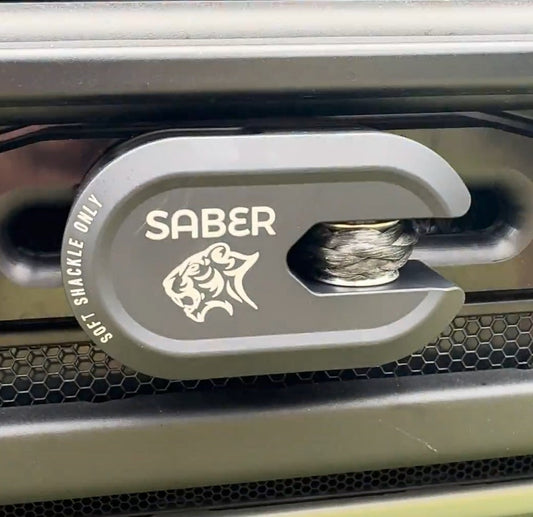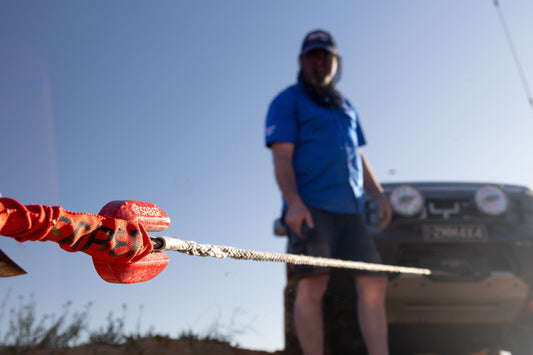3 Essential Winching Techniques Every 4WD Owner Should Master
When it comes to off-road recovery, having a winch on your 4WD is only part of the equation. The real difference comes from knowing how to use it effectively and safely. In his latest video, Mad Matt — long-time 4WD enthusiast and content creator — demonstrates the three most important winching techniques every driver should learn before tackling the tracks.
Whether you’re heading out for a weekend adventure or taking on serious off-road touring, these techniques will give you the confidence to recover your vehicle and keep the adventure moving.
1. Single Line Winch Pull – The Basics of 4WD Recovery
The single line winch pull is the simplest technique, ideal when you only need a little assistance — getting over a small rock step, pulling through shallow mud, or easing past a minor obstacle.
Because the winch is working with less rope on the drum, it won’t deliver maximum pulling power, and the line speed is faster than in other setups. That’s why control and safety are essential. Using a tree trunk protector and soft shackle is a must, both for keeping your recovery secure and protecting the environment.
2. Double Line Winch Pull – Maximum Power When You Need It
When conditions get serious — think bogged to the chassis or steep, rutted climbs — the double line winch pull is your best friend. Running your winch line through a recovery ring and back to the vehicle effectively doubles the pulling power.
This method also reduces strain by spreading the load across both front recovery points using a bridle. It’s the go-to winching technique for heavy recoveries where reliability and strength matter most.
3. Winch Redirect – Changing the Angle of Recovery
Sometimes the straight path isn’t possible. A winch redirect allows you to change the pulling angle when there are no anchor points directly in line with your vehicle. By using soft shackles, a bridle, and a tree trunk protector, you can safely redirect the line and still recover in the direction you need.
This technique is especially useful when navigating uneven tracks, ruts, or obstacles where pulling in the wrong direction could cause damage or make the situation worse.
Why Safe Winching Matters
These three recovery methods — single line, double line, and redirect — are the foundation of safe winching practices. Mastering them ensures you’re not only protecting your vehicle but also the environment and the people around you.
At Saber Offroad, we design 4WD recovery gear like soft shackles, recovery rings, and tree trunk protectors that make these techniques safer and more effective. With the right knowledge and the right equipment, you’ll be ready for whatever the tracks throw at you.
👉 Watch Mad Matt’s full video to see these winching techniques in action, and take your 4WD recovery skills to the next level.





